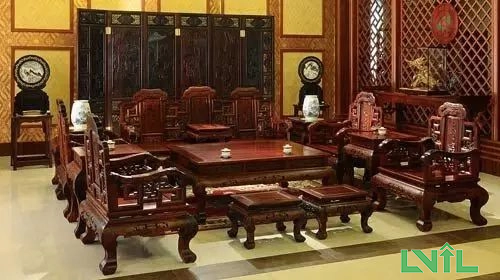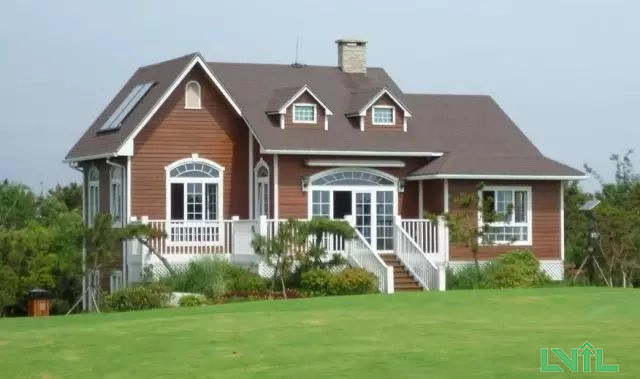There is a saying that goes:
https://www.3plyplywood.com
One third of people working in the timber industry have to live at least 5 years longer than other industries.
Is this true? Copyright © Shandong Unique International Trade Co.,Ltd All Rights Reserved.
It can be confirmed that in terms of health preservation, redwood furniture can indeed be regarded as a treasure of human health preservation, and the health culture of redwood furniture has been continuously passed down throughout history.
Powered by Shandong Unique International Trade Co.,Ltd
In addition, at Renyi Hall in Beijing and Taishenxiang and Shanzhuang, patients will sit on antique furniture, and the old Chinese medicine practitioner will lean back on a mahogany armchair to feel their pulse, and then write a prescription on a mahogany desk. Unique
At the 5th China Redwood Furniture Industry Development Summit Forum, Mr. Zhou Jingnan, Associate Researcher of the Palace Museum, provided evidence for this and gave redwood furniture enterprises a thought-provoking reference: "Our furniture is not only a cultural product, but also a health and wellness product. Therefore, in my opinion, the exhibition hall of redwood furniture should not only be an exhibition hall, but also a redwood health museum." https://www.3plyplywood.com

https://www.3plyplywood.com
Firstly, redwood grows in deep mountains and forests. After a hundred years of exposure to sunlight and rain, it gathers the spiritual energy of heaven and earth, and frequent contact with redwood has obvious benefits for both body and mind. Copyright © Shandong Unique International Trade Co.,Ltd All Rights Reserved.
Secondly, in traditional Chinese medicine, many materials of mahogany are components of traditional Chinese medicine. In China, there has always been a saying of "placing ebony, sleeping rosewood, sitting on sour branches, and using pears". Many redwood woods are precious traditional Chinese medicines with good medicinal value.
Finally, artistic beauty has the function of preventing diseases, enhancing physical fitness, and prolonging life. Good rosewood furniture is usually carved with auspicious and exquisite patterns, which can bring spiritual pleasure to people, and a happy mood undoubtedly promotes health and longevity.
www.3plyplywood.com

A foreign research institution specializing in human natural science conducted an investigation and research on this. Among the 30 people surveyed who lived in wooden houses for a long time and 30 people who lived in reinforced concrete houses for a long time, the former had an average life expectancy 9-11 years higher than the latter! Powered by Shandong Unique International Trade Co.,Ltd
1. The presence of Fenduojing and negative ions (air vitamins) in wooden houses is several tens to several hundred times higher than that in reinforced concrete houses.
Shandong Unique International Trade Co.,Ltd
Fenduojing and negative ions are substances highly favored by modern forest bathers, which can kill bacteria in the air, curb human diseases, and enhance immunity. It has obvious effects on restoring wakefulness, improving attention, lowering blood pressure, stabilizing the body's autonomic nervous system, and making people feel comfortable. In addition, the radon radiation level is extremely low, and the radon concentration in wooden houses is only 7-18 Bg/m3, which is not harmful to the human body.
2. Compared to the same organism in a concrete environment, the pure wooden environment differs by about 42% in terms of immunity and reproduction. The former is the best living space for modern humans. Powered by Shandong Unique International Trade Co.,Ltd
3. Wood can absorb ultraviolet rays from sunlight, reduce the harm of ultraviolet rays to the human body, and also reflect infrared rays. Wood is a porous material that forms small bumps on its surface. When exposed to light, it exhibits diffuse reflection or absorbs some of the light. So it will soften the dizzying light. Therefore, wooden houses have the least visual nerve stimulation on humans. Copyright © Shandong Unique International Trade Co.,Ltd All Rights Reserved.
4. Wood is a porous material with a low thermal conductivity, making it a poor conductor of heat.
https://www.3plyplywood.com
It has a certain regulating effect on the temperature of the living room. In the cold winter, it can bring a warm feeling to people, which is incomparable to other building materials. www.3plyplywood.com
The moisture regulating properties of wood are one of the unique properties that wood possesses. The moisture absorption and desorption effects of wood directly alleviate indoor humidity changes. A comparative study between concrete houses and wooden houses shows that the annual average humidity of wooden houses is 8-10% lower than that of concrete houses, with a variation range of around 60-80%, which is closest to the indicator of the optimal living environment with a relative humidity of around 60%.


